Oscar Piastri is not the most demonstrative of Formula 1 drivers.
After claiming his first Formula 1 podium finish at the Japanese Grand Prix, he allowed himself a little excited “woah” over the radio but continued to say “not the best move that I show to the world”.
But that reaction is not a bad thing. It is however a hugely encouraging trait for a driver who has already made a huge impact in F1.
The performance of the 22-year-old, who qualified on the front row and took third place in his first visit to Suzuka, was done. But Piastri wasn’t happy with his performance in the race and wasn’t afraid to admit it. It highlights a key weakness he’s working on, though that shouldn’t be taken as a criticism of his qualities. In fact, this highlights why he is such an exciting prospect.
The other drivers will only focus on the result, taking his qualifying performance and the fact that he only fell behind team-mate Lando Norris thanks to a McLaren team order that jumped him by taking a pitstop. which is partially under the virtual safety car and revels in his first podium as proof of his own brilliance. Not Piastri.
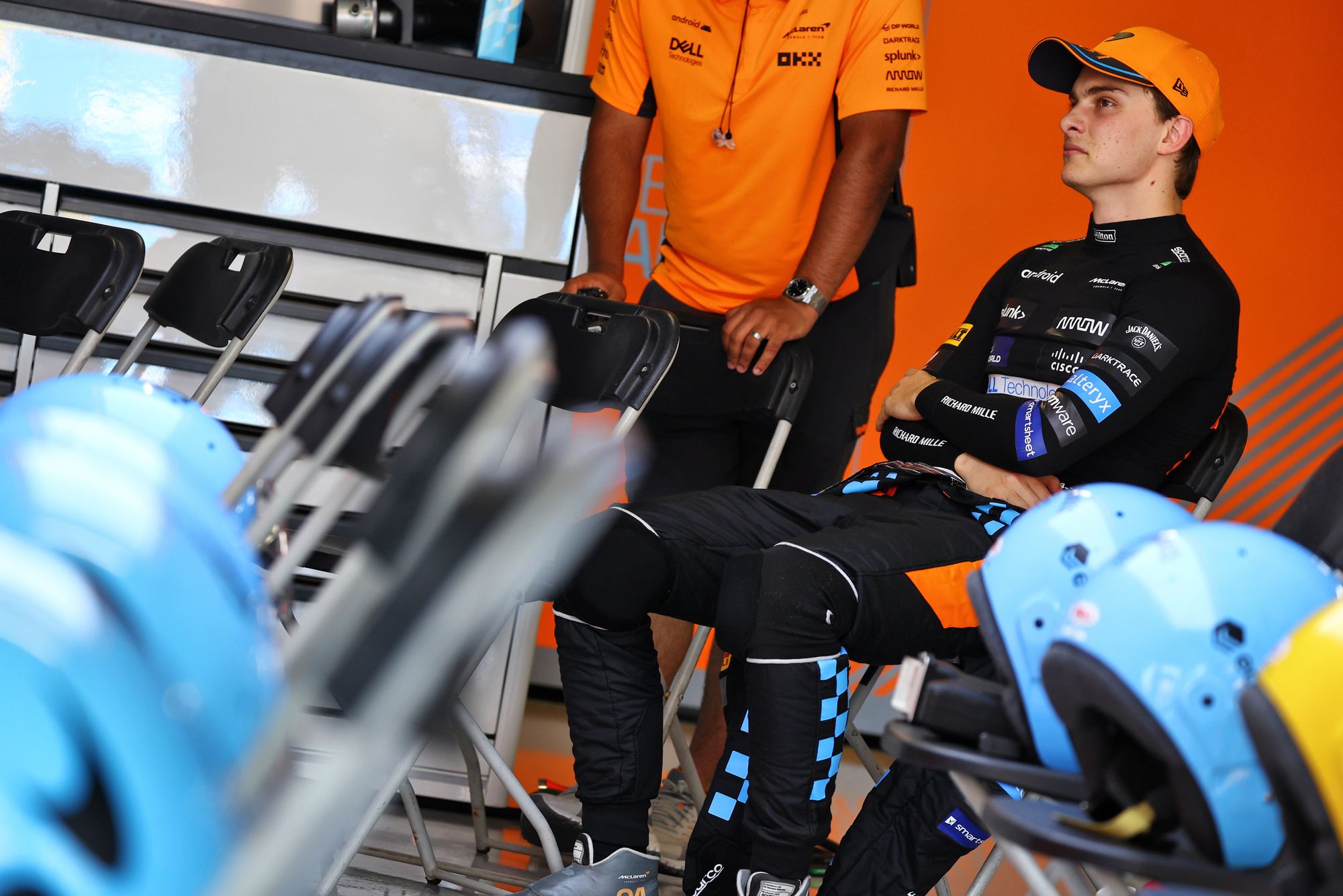
Instead, he focused on elements of his performance that weren’t as strong as they could have been. That’s a trait that marks drivers destined for greater things, constant improvements that leave no stone unturned in their skills.
“I wasn’t fast enough at certain points in the race,” said Piastri. “These high-degree races are probably the biggest thing I have to try and work on right now.
“It’s still new for me. In all junior racing before this there were no races like this, so the only way you can learn from it is to do the races.
“So [there are] definitely some things, if I had this race again, that I would have done a little different.
“But that’s all part of learning. It’s exciting to know we can finish on the podium, although I feel like there’s more to come.”
Piastri finished 17.1s behind Norris, although that deficit would have been greater but for the virtual safety car and the slight strategic difference. This causes the most obvious difference in flow.
Piastri was five seconds behind Norris and was running third when he pitted at the end of lap 13 of 53. The VSC was activated while he was in the pitlane, reducing the loss of time. Norris also lost time behind the slower Sergio Perez under VSC, around four seconds when measured against leader Max Verstappen. This meant that when Norris came out of the pits four laps later, he had dropped to seven seconds behind Piastri – a swing of 12 seconds in Piastri’s favour.
Norris quickly caught Piastri and after some brief back-and-forth on the radio, McLaren ordered a change of position. It was a smart move as Norris pulled right away. However, even a four-lap tire-age offset distorted the gap due to the high level of degradation experienced at Suzuka.
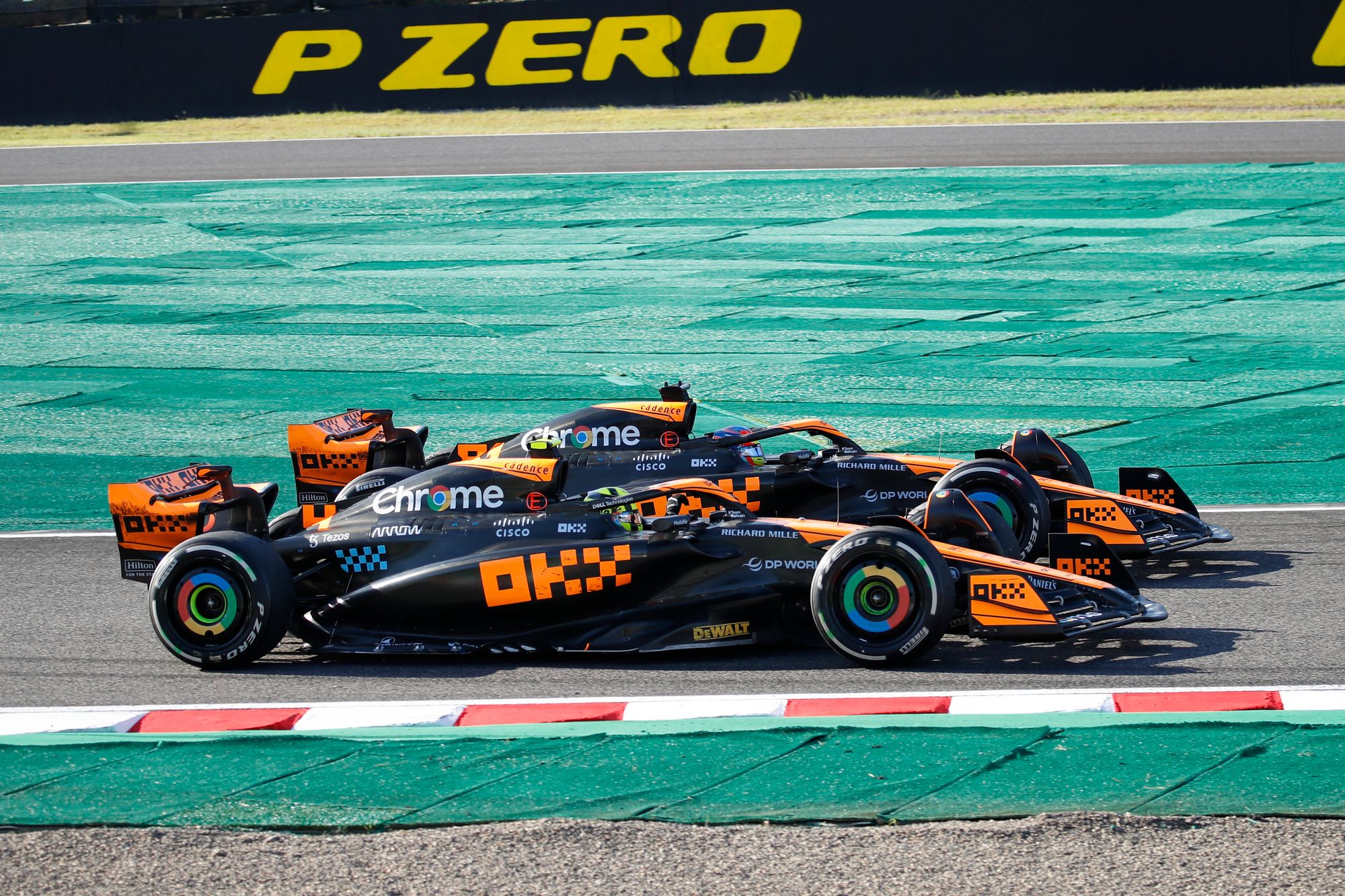
“If you pit, say, one lap later than everyone else you get one tenth,” said McLaren team principal Andrea Stella at this stage of the race.
“Lando is angry [four] transgressions [after]so his car is automatic [four] tenth faster than the other car. So the fact that he beat the latter is an advantage in terms of relative speed.
“Besides that, I have to say that Lando’s run today is very good in absolute terms. We will have to see with Oscar where we can get one or two tenths of the overall price that he seems to be lacking right now compared to Lando.
That minor offset skews the numbers, but overall there is a clear difference in the pace of all stints. On average over the entire race, discounting laps where a driver laps slowly such as the inside and outside laps or those affected by VSC, Piastri is on average 0.561s per lap slower than Norris.
In the first stint, the difference in speed was at its narrowest, just half a second per lap, while it grew to 0.878s per lap in the middle stint, which was distorted by the factors mentioned above. In the final stint, the deficit was 0.737s per lap. To that we must add the caveat that Piastri is not actually racing Norris, but must control the third place.
Higher relegation races pose a challenge for Norris this season, for example in Hungary. It’s often overlooked that tire handling isn’t just about ‘driving slowly’, it’s about steering the tires in a way that minimizes damage while getting the best possible lap time. That presents a significant driving challenge, one that often takes rookies time to master.
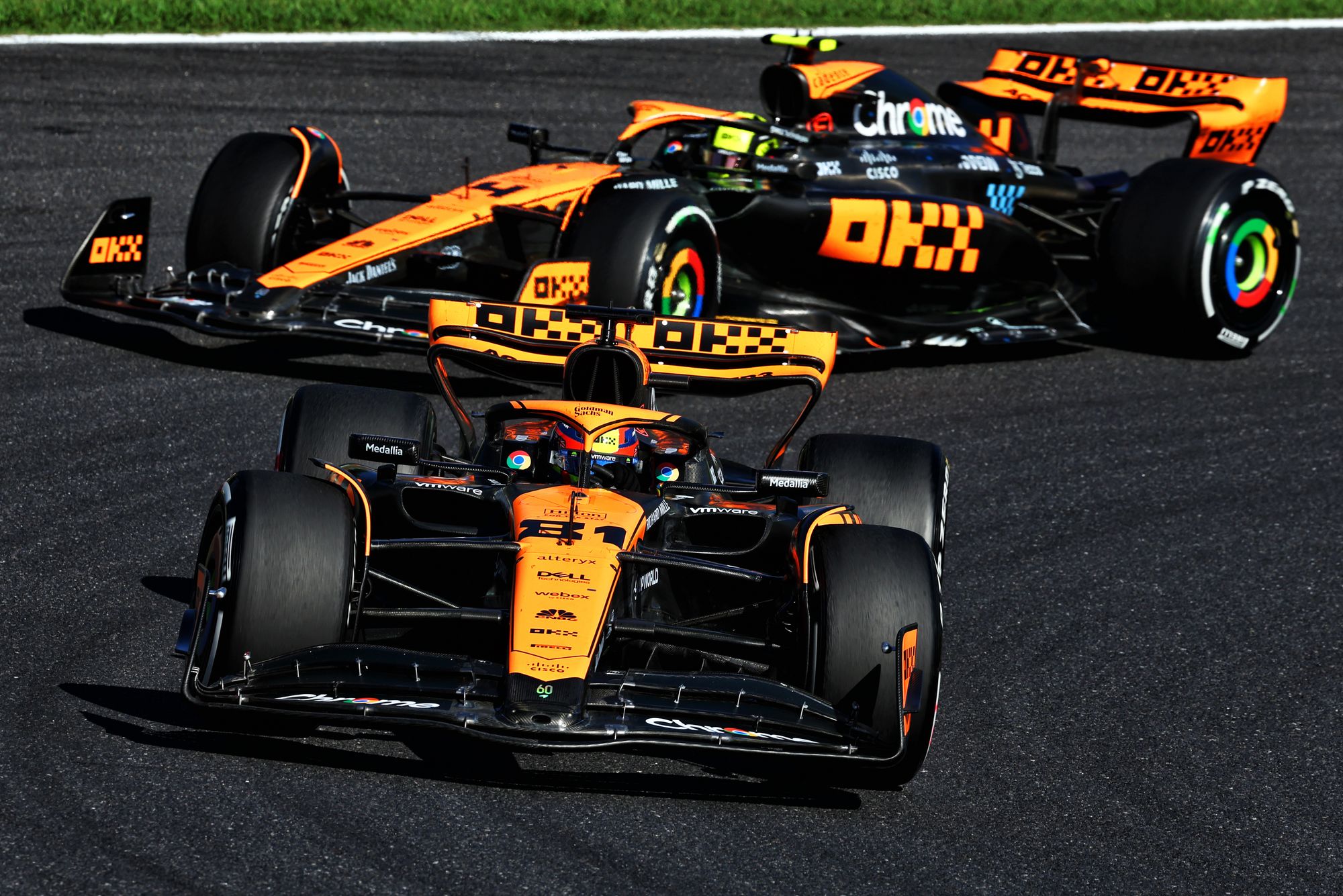
“The tire handling and the pace at certain points in the race was not as strong as I would have liked,” said Piastri. “The first stint felt like everyone was driving very slowly and then when I tried to push the tires more I couldn’t go any faster.
“So there are some things to do there and yes, it’s just running in general in the races. There’s no easy way to learn other than just going through the races and getting experience where it’s good or bad.
“One lap pace especially over the last few weekends is a great improvement from the start of the year, but in these types of races, the pace of the race is still an area to improve. “
Piastri’s single-lap run was very good. From the start, his individual corner pace compared favorably to Norris’s even at times when he didn’t share a lap.
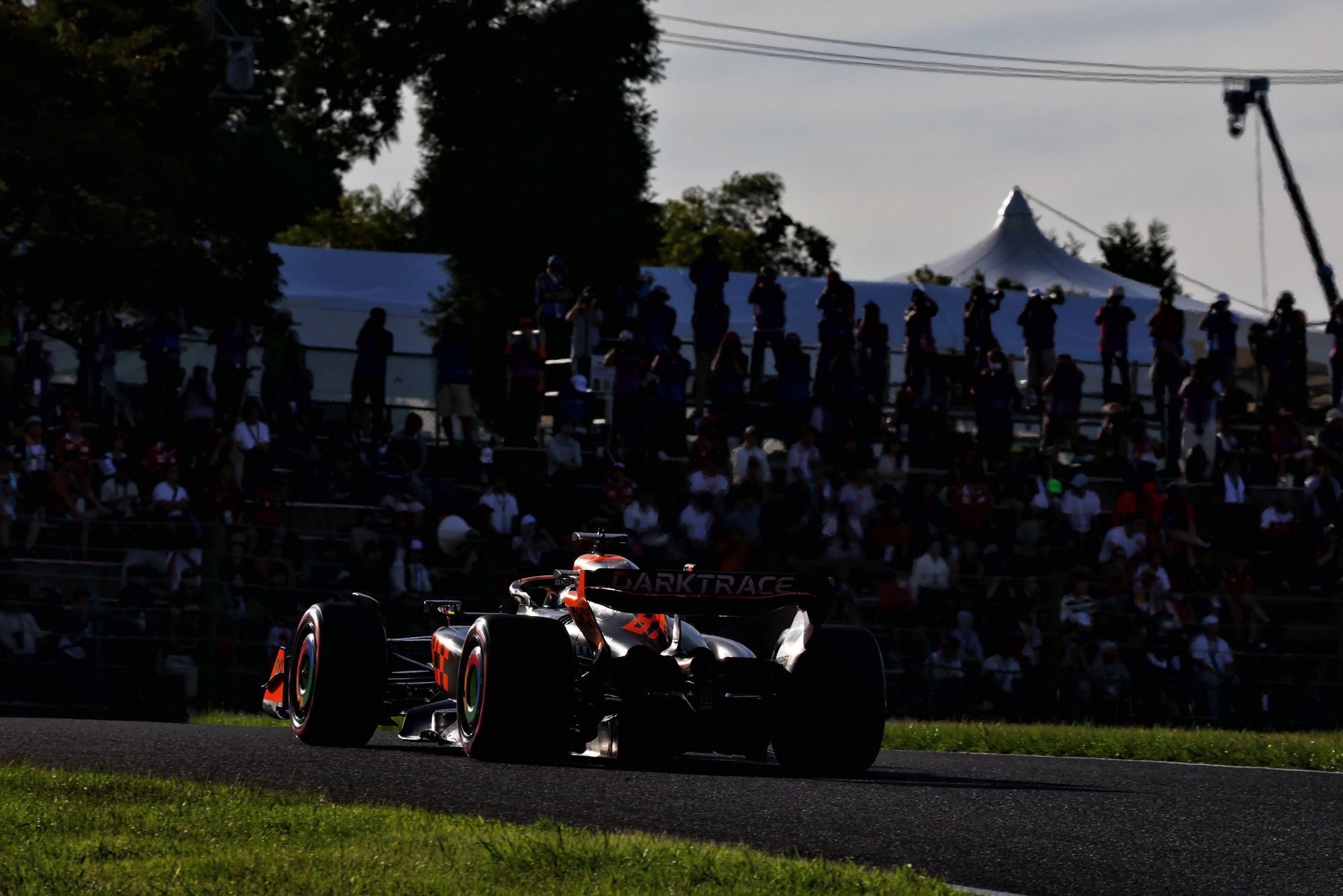
As experience built, he did better in qualifying and beat Norris on Saturday at Suzuka. However, he showed that the desire to improve with his disappointment that the time obtained in the first sector of his last lap kept him away from what he described as the easier parts of the lap.
The key to making improvements is understanding where he needs to get wins and race pace is a focus area for Piastri and race engineer Tom Stallard.
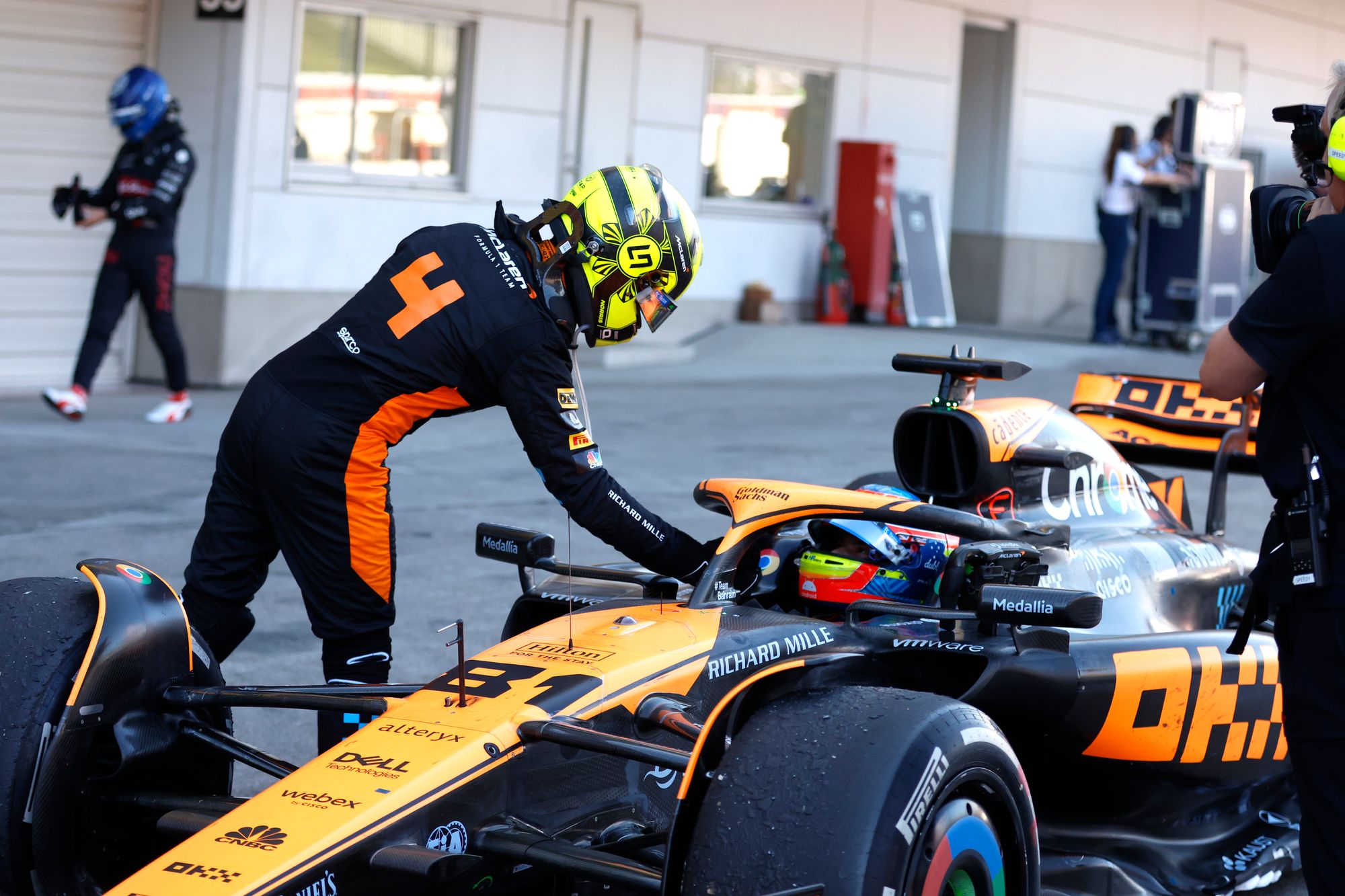
But as Stella points out, the key quality is that Piastri has the basic speed needed to get the job done. The Australian has shown this again and again this year and it is important to note that in less sensitive tire races, for example Silverstone, his pace is very good compared to Norris.
“It’s not like learning to race, it’s a skill set that you deploy in every race,” Stella said when asked by The Race about the factors behind the learning curve in racing. in Piastri.
“In a race like today, with high degradation, the car bounces a little in some places, the high-speed and low-speed handling is useful.
“So it’s a bit of a journey and it takes time, because each situation presents its own characteristics. I’m sure Oscar has learned things now.
“And really, in the end it’s better than the second stint so it’s systematic work to cash in on all the possible learning. There’s no one-off learning that applies to every situation.
“This is a new element. But the first thing I will do is always the speed, which is what we saw yesterday because when you have that, the speed of the race and all these things are much easier to do.
“Finding the top of a lap in Suzuka, as we saw yesterday, is very difficult.”
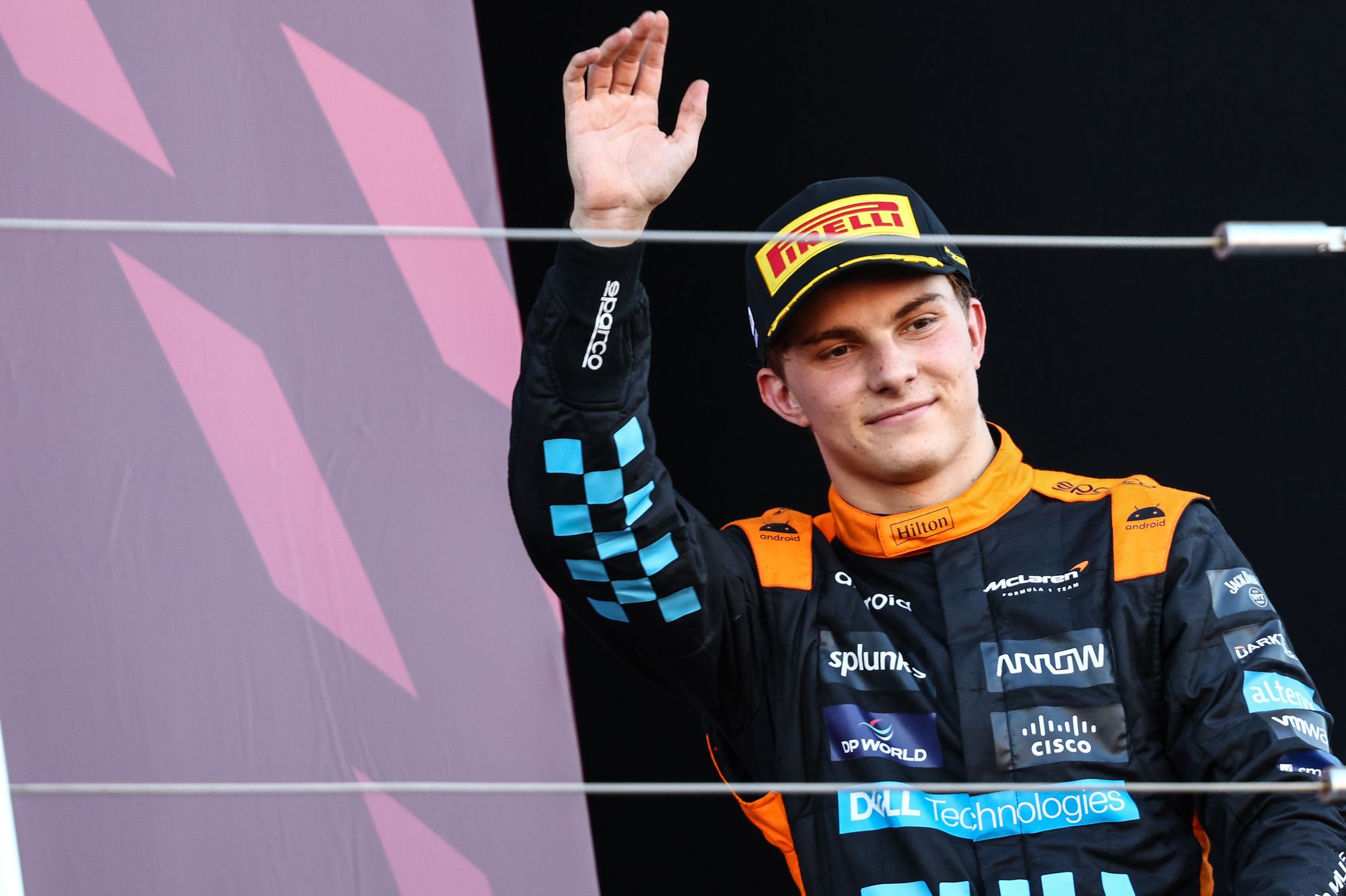
So Piastri’s weakness at Suzuka is nothing to worry about. The worry is if he doesn’t realize that this is an area where there is a lot of room for improvement, but all the evidence points to a driver who understands where he needs to win and who has done it even for 53 laps. at the Japanese GP.
Piastri had a strong rookie season. The good news for him and McLaren is that there is plenty of evidence that he will only continue to get better as experience builds.
